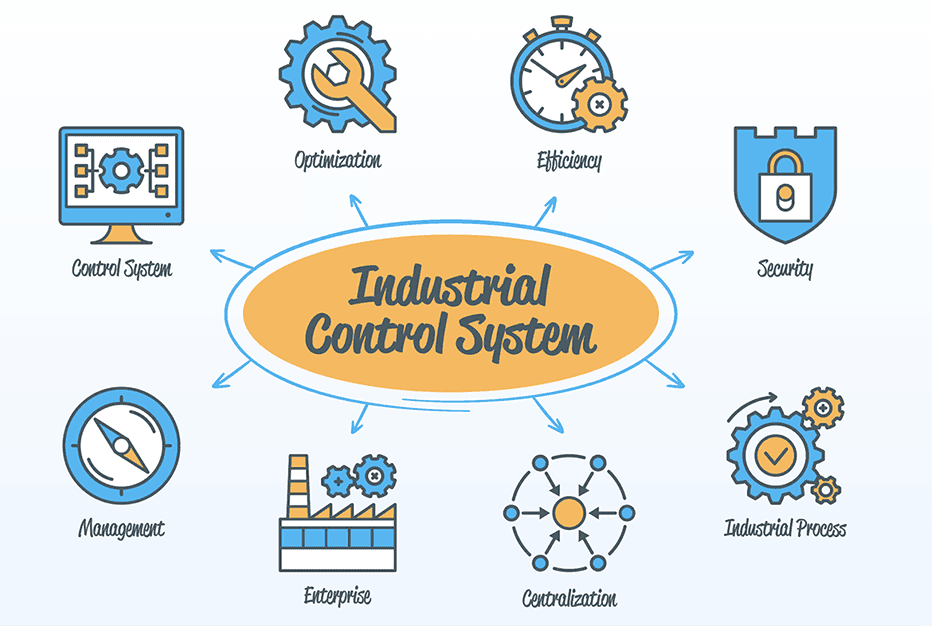The global market for industrial automation is experiencing a period of significant investment and modernization, with the Industrial Control For Process Automation CAGR (Compound Annual Growth Rate) reflecting this strong and sustained demand. This impressive growth trajectory is not driven by a single factor but by a powerful convergence of economic, technological, and regulatory forces that are compelling process industries to upgrade and expand their control and automation capabilities. The market's expansion is a direct response to the global imperatives of increasing operational efficiency, enhancing workplace safety, ensuring product quality, and meeting stringent environmental standards. As these pressures intensify, the need for more intelligent, connected, and secure control systems becomes a critical enabler of competitiveness and resilience, ensuring a robust growth outlook for the market for the foreseeable future, as companies invest to stay ahead.
The single most significant driver fueling this rapid growth is the broad-based adoption of Industry 4.0 and digital transformation initiatives. Companies are no longer viewing their control systems as isolated operational tools but as foundational data sources for higher-level business intelligence. The trend of IT/OT (Information Technology/Operational Technology) convergence is breaking down the traditional barriers between the factory floor and the enterprise network. This allows process data from the DCS or SCADA system to be integrated with business systems like ERP, enabling real-time performance monitoring, data-driven decision-making, and predictive analytics. This strategic push to create "smart" and connected plants requires a modern, network-enabled control system, forcing many companies to invest in upgrading or replacing their aging, legacy infrastructure, which is a primary engine of market growth.
Another profoundly powerful driver is the escalating focus on safety and cybersecurity. High-profile industrial accidents and the increasing frequency and sophistication of cyberattacks targeting critical infrastructure have put a sharp focus on the security and reliability of industrial control systems. A successful cyberattack on a chemical plant or a power grid could have catastrophic consequences. This has created a massive demand for new control systems that are designed with "security by design" principles and for a wide range of cybersecurity solutions and services specifically tailored for the OT environment. This need to defend against digital threats is a major spending catalyst, compelling organizations to invest heavily in modernizing their control systems with more secure architectures and to deploy advanced monitoring and threat detection technologies, making cybersecurity a major sub-segment and growth driver of the overall market.
Beyond digitalization and security, strong economic and operational imperatives are also propelling the market forward. In a competitive global market with fluctuating commodity prices, process manufacturers are under constant pressure to optimize their operations and reduce costs. Advanced process control systems provide the tools to maximize production yields, minimize energy consumption, and reduce waste, delivering a clear and quantifiable return on investment. Furthermore, many process industries are facing a demographic challenge with an aging and retiring workforce of experienced operators. Modern, highly automated control systems with intuitive user interfaces can help to capture the knowledge of these experts and enable a new generation of less-experienced operators to manage complex processes safely and effectively, making automation a key strategy for addressing the looming skills gap.
Explore Our Latest Trending Reports:



